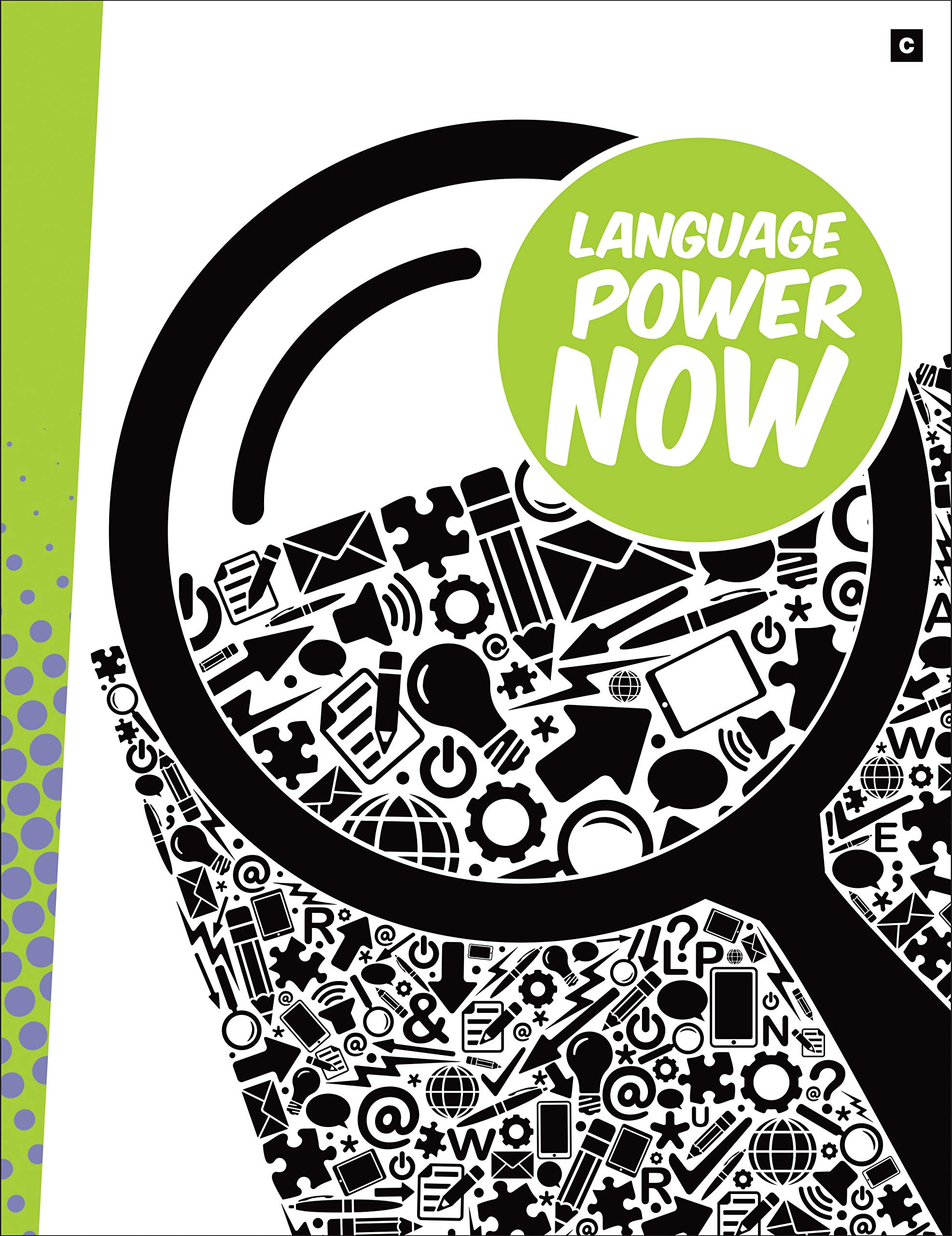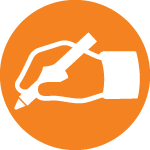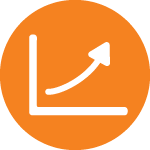There are no products listed under this category.

Language Power Now
Language Power Now is a series of practice exercises that develops vocabulary, grammar, writing, and research skills. Empower your students with the foundational skills they need to become effective writers.
Key Features

Real-world Writing
Every lesson ends with an exercise that asks students to go beyond the book to apply the skill they are being taught. These exercises encourage students to use real-world texts, their peers, and their own portfolios to deepen their learning.

Research Skills
Students learn effective research methods, such as developing inquiry questions, searching for and evaluating sources, taking notes, paraphrasing and citing to avoid plagiarism, and protecting their privacy online.

Skills Continuum
The series uses a systematic approach to building skills from one level to the next. All lessons are written using accessible language to support students at a wide range of reading and writing levels.
About the Series
Each level in Language Power Now is composed of dozens of lessons that teach the specific skills that students need to be effective writers. Every lesson begins with an explanation of the skill, followed by exercises that allow students to demonstrate their understanding of the skill and apply it with real writing practice.
Each level in this series includes:
Each book is organized into six sections.
- Work with Vocabulary
- Build Sentences
- Know Capitalization and Punctuation
- Grasp Grammar and Usage
- Craft and Compose
- Develop Research Skills
In every book, skills are developed on a continuum from level to level.
Levels
Language Power Now: Early Level
Each workbook has been organized by letter instead of grade, in order for students to use based on their reading comprehension and writing competency. This level covers expected outcomes and cross-curricular content for Grades 1-2.
Language Power Now: Level A
Each workbook has been organized by letter instead of grade, in order for students to use based on their reading comprehension and writing competency. This level covers expected outcomes and cross-curricular content for Grade 3.
Language Power Now: Level B
Each workbook has been organized by letter instead of grade, in order for students to use based on their reading comprehension and writing competency. This level covers expected outcomes and cross-curricular content for Grade 4.
Language Power Now: Level C
Each workbook has been organized by letter instead of grade, in order for students to use based on their reading comprehension and writing competency. This level covers expected outcomes and cross-curricular content for Grade 5.
Language Power Now: Level D
Each workbook has been organized by letter instead of grade, in order for students to use based on their reading comprehension and writing competency. This level covers expected outcomes and cross-curricular content for Grade 6.
Language Power Now: Level E
Each workbook has been organized by letter instead of grade, in order for students to use based on their reading comprehension and writing competency. This level covers expected outcomes for Grade 7.
Language Power Now: Level F
Each workbook has been organized by letter instead of grade, in order for students to use based on their reading comprehension and writing competency. This level covers expected outcomes for Grade 8.
Language Power Now: Level G
Each workbook has been organized by letter instead of grade, in order for students to use based on their reading comprehension and writing competency. This level covers expected outcomes for Grade 9.
Language Power Now: Level H
Each workbook has been organized by letter instead of grade, in order for students to use based on their reading comprehension and writing competency. This level covers expected outcomes and cross-curricular content for Grade 10.
Instructional Design
The student workbooks in this series have been structured by letter to meet students’ reading comprehension and writing competency. The Scope and Sequence chart outlines the systematic approach to building skills from one level to the next.
VIEW SCOPE AND SEQUENCE CHARTSeries Editor

Dr. Ruth McQuirter Scott is a Professor in the Faculty of Education at Brock University where she teaches language arts to preservice students and graduate courses on writing. She is the author of Nelson Word Study (Nelson Education, 2009), Knowing Words: Creating Word-Rich Classrooms (Nelson Education, 2008) and Spelling: Connecting the Pieces (Gage, 2004), and co-author of the Canadian Spelling Program, Grades 1–8 (Gage, 1999). Much of her work has focused on linking research and practice in the field of spelling.
View the series resources below